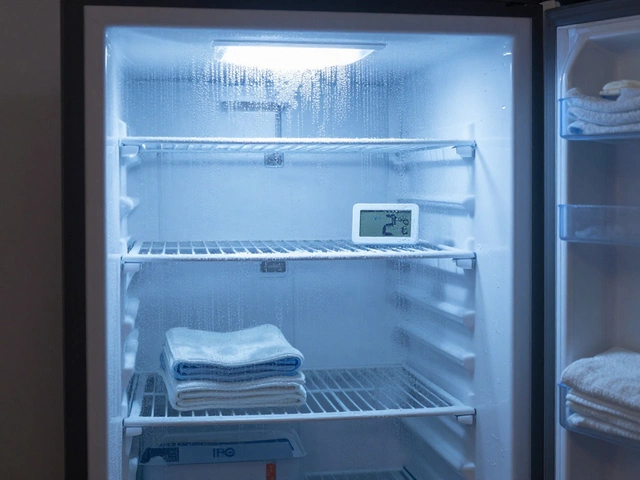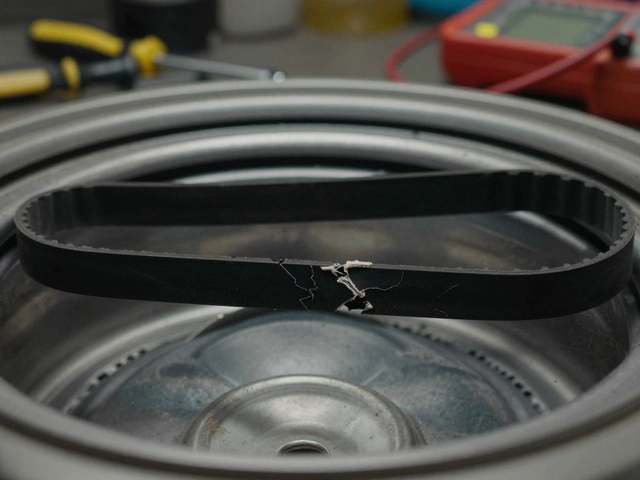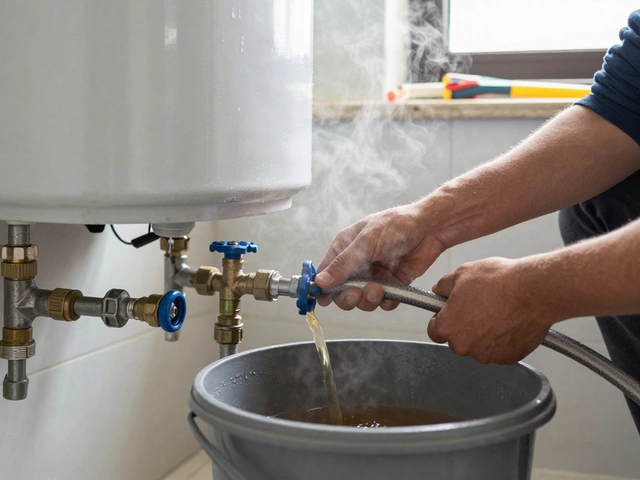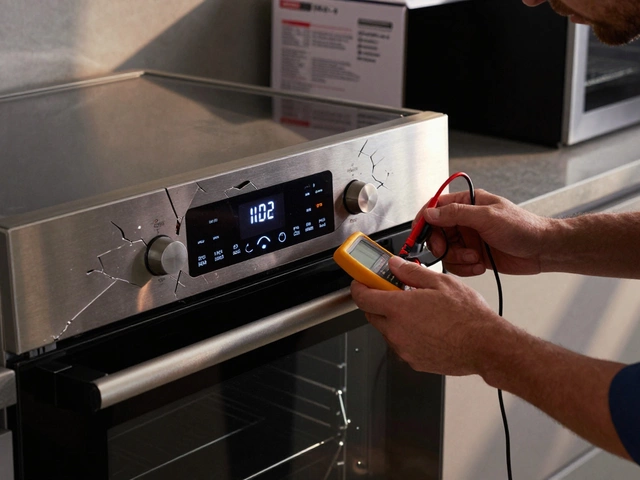Water Heater Signs You Shouldn't Ignore
If your shower suddenly feels like an ice bucket or your dishwasher starts sputtering, your water heater might be trying to tell you something. Spotting the right signs early can save you a big repair bill and keep your family comfortable. Below are the most common clues that your heater needs a look‑over, plus practical steps you can take right now.
Common Warning Signs
1. No hot water or only lukewarm water – This is the most obvious sign. If you turn on the tap and get cold water, the heater may have failed, the thermostat could be off, or a heating element might be broken.
2. Strange noises – Rumbling, popping, or ticking noises usually mean sediment buildup at the bottom of the tank. When the sediment heats, it creates pockets of steam that pop, and over time this can damage the lining.
3. Leaking water – A wet patch on the floor, water around the base, or drips from the top valve all point to a leak. Small leaks can turn into flood‑level problems fast.
4. Discolored or rusty water – If the water looks brown or orange, rust is probably eating away at the tank’s interior. That rust can clog pipes and affect appliances.
5. Foul odors – A rotten‑egg smell signals bacterial growth inside the tank. Bacteria thrive in warm, stagnant water and can cause health issues.
6. High energy bills – When the heater works harder than normal, the electric or gas bill jumps. Inefficiency often comes from scale, a failing thermostat, or a cracked dip tube.
What to Do Next
First, turn off the power or gas supply before you start any inspection. Safety always comes first.
If you notice a leak, locate the source: a loose pressure‑relief valve, a cracked tank, or a loose pipe connection. Tightening a valve can fix a minor leak, but a cracked tank means replacement.
For noisy tanks, try flushing the system. Fill the tank with fresh water, then drain it completely to push out sediment. A simple flush can quiet the rumble and extend the heater’s life.
When water looks rusty, you can test the anode rod (the metal stick that protects the tank). If the rod is heavily corroded, replace it; this is a cheap fix that stops further rust.
Odor problems often disappear after a thorough cleaning. Fill the tank, add a cup of bleach, let it sit for an hour, then flush fully. If the smell returns, it’s a sign the heater is beyond a simple clean‑up.
If your energy bill spikes, check the thermostat setting. Most homes are comfortable at 120°F (49°C). Raising it too high forces the heater to run constantly, burning extra energy.
When any of these fixes feel beyond your skill level, call a qualified technician. A pro can safely test heating elements, pressure relief valves, and internal wiring. They’ll also advise whether repair or replacement makes more sense based on the heater’s age and condition.
Remember, a well‑maintained water heater lasts about 10‑12 years. Regular checks—once a year—keep problems from sneaking up on you. Mark your calendar, run a quick visual inspection, and you’ll avoid surprise cold showers.
4 April 2025
·
0 Comments
When your water heater starts acting up, the signs can be easy to miss. But a few key indicators can help you spot trouble early. From inconsistent water temperatures to strange sounds and leaks, these red flags mean it's time to think about repair or replacement. Knowing what to look for can save you from unexpected cold showers and expensive damage.
Read more






